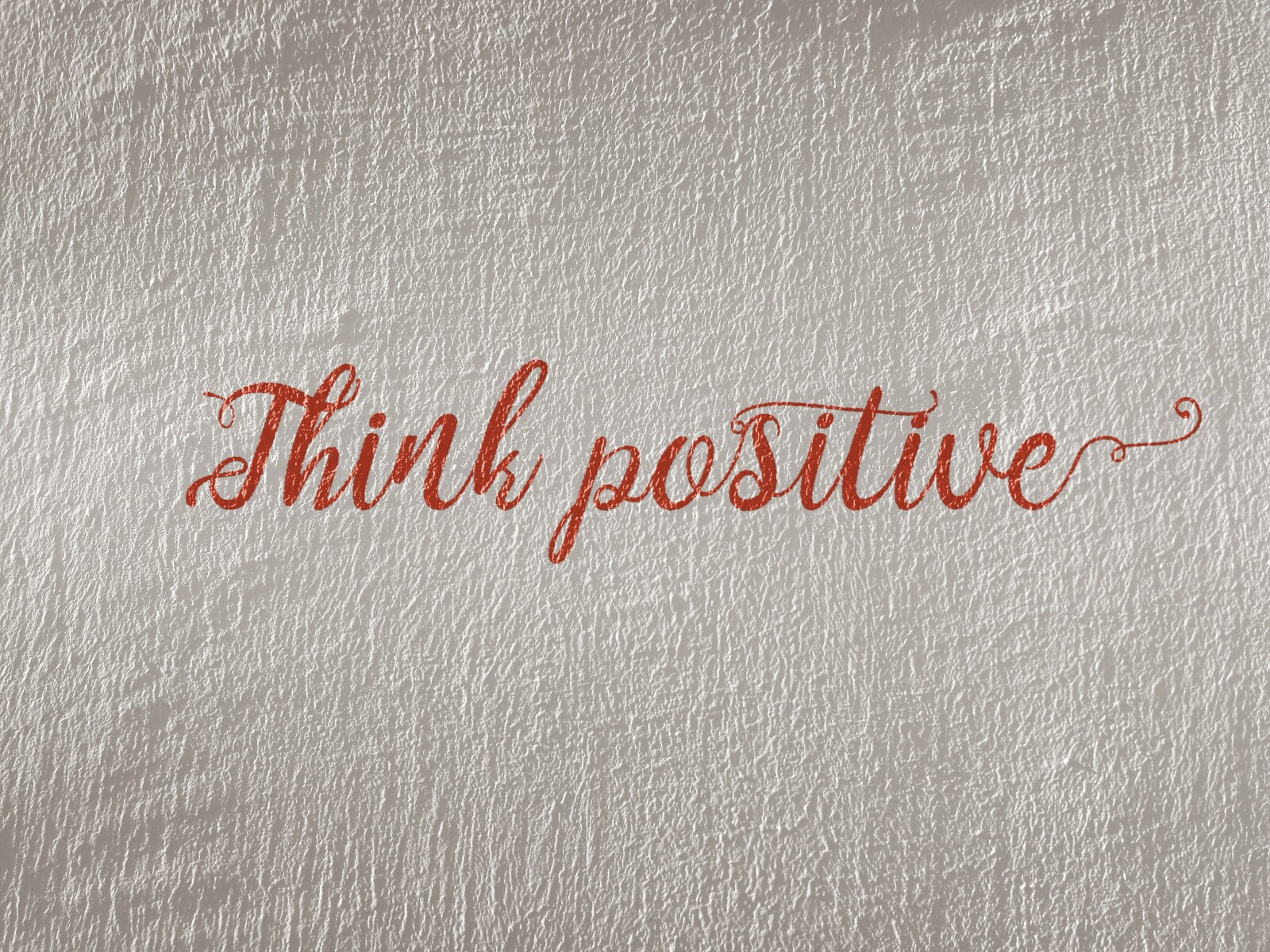
How I Draw Out Toxins In My Body (It's So Easy, a 4-Year-Old Could Do It)
As a natural health consultant, I'm often asked about the best way to detoxify the body. While there are many different methods, I recommend the simplest one: sweating.
Sweating is often vilified as an unpleasant and unhealthy process, but it's actually one of the most efficient ways to remove toxins from the body. When we sweat, we not only release water and salt, but we also eliminate fat-soluble toxins like heavy metals and chemicals.
How Sweating Helps Detoxify The Body
There are two main types of sweat glands in the human body: eccrine and apocrine. Eccrine sweat glands are found all over the body and produce a clear, odorless sweat that helps regulate body temperature. Apocrine sweat glands are located in areas with lots of hair follicles, such as the armpits and groin, and produce a thicker, yellowish sweat that often has an unpleasant odor.
The main difference between eccrine and apocrine sweat is that apocrine sweat contains toxins that can be eliminated through sweating. These toxins include heavy metals like lead and mercury, as well as chemicals like pesticides and solvents. When we sweat these toxins out of our bodies, we not only reduce our exposure to them, but we also help protect our organs from damage.
So if you're looking for a simple and effective way to detoxify your body, sweating is the way to go. And if you're worried about smelling bad when you sweat, just remember that it's only temporary—after all, it's better than smelling like toxic waste!
Looking for more ways to detox? Join this free Facebook Community where we discuss this topic in more depth - Debilitated to Liberated Living - Stopping the Pattern of Pain

It's been said that words are like tiny little seeds, and I believe that to be true. The words we say—to ourselves and to others—have the power to create our reality. If we plant negative, self-defeating words, we will reap a negative, self-defeating reality. But if we plant positive, affirming words, we will reap a positive, affirming reality.
Let me give you an example from my own life. For years, I suffered from debilitating migraines. They would hit me like a ton of bricks every week without fail. And because I was in so much pain, I would often say things like, "I can't do this," or "This is never going to get better." Of course, those words only made me feel worse.
But I had 4 children. And I had to find a way to get better because I couldn't afford to be laid up in bed with migraines all the time; I had children who needed me. So I started saying things like, "I am getting better every day," and "I am strong enough to overcome this." And you know what? Miraculously, my migraines started getting better. They're not gone completely, but they've become manageable because my words have changed.
And it's not just our words that create reality; it's also the words of others. When people tell us we can't do something or that we're not good enough, those words can stick with us and shape how we see ourselves—unless we consciously choose to reject them. We have the power to decide what kind of reality we want to create for ourselves by being mindful of the words we use—both the ones we say out loud and the ones we say in our heads.
How Words Create Reality
When you understand how powerful your words are, you begin to understand how powerful you are. Your thoughts and your words are like seeds that you plant in your mind; over time, those seeds will grow into full-fledged belief systems that color your entire reality. So if you want to change your life, change your words. Change the dialogue you have with yourself from one of self-doubt and negativity to one of self-love and positivity.
It sounds simple enough, but it's not always easy. Our brains are wired for negativity; it's called the negativity bias, and it's a survival mechanism that served us well way back when. These days, though, most of us don't have to worry about being eaten by wild animals on a regular basis (thank goodness!), but our brains haven't gotten the memo yet. So it falls on us to change the story we're telling ourselves—to override the negative tape loop with a new positive narrative.
Fortunately, there are lots of ways to do this. If you're not sure where to start, here are a few ideas:
*Spend time studying the Bible every day (read it yourself cover to cover);
*Keep a gratitude journal and list five things you're grateful for each day;
*Say affirmations out loud every morning;
*Write down your goals and visualize achieving them;
*Spend time each day focusing on positive thoughts and emotions;
*Choose friends and family members who build you up instead of tear you down;
*Limit your exposure to negative news stories and toxic people;
*Focus on solutions instead of problems;
*Practice random acts of kindness toward yourself and others;
Whatever method or combination of methods you choose, know that you have the power to change your life by changing your thoughts and your words—so choose wisely!
Our thoughts and words create our reality; it's as simple as that. If we want to change our lives for the better, we need to change our dialogue from one of self-doubt and negativity to one of self-love and positivity. Whatever method or combination of methods works best for you know that YOU have the power to create change in YOUR life by choosing thoughts and words more wisely!
Would you like to dive a little deeper into this? Join an encouraging Facebook community of moms who are going from Debilitated to Liberated! Click Here

We are all made of energy and vibrate at different frequencies. Our emotions also vibrate at certain frequencies. So, what is the emotion that has the highest frequency? The answer may surprise you.
The answer is love. Love vibrates at the highest frequency of all emotions. It is also the smallest, most powerful force in the world. When we feel love, we are putting out the highest frequency of vibration possible.
Love is also the emotion that is most often associated with good health. Studies have shown that people who feel more love in their lives tend to be healthier overall. They have lower blood pressure and a stronger immune system. They also tend to live longer than those who do not feel as much love in their lives.
So, how can you increase the amount of love in your life? One way is to express more gratitude. Gratitude creates a state of happiness and attracts more positive circumstances into your life. When you are grateful for what you have, you open yourself up to receiving even more good things. Another way to increase the amount of love in your life is to perform acts of kindness for others. When you make someone else's day a little brighter, you also make your own day a little brighter.
Love is the highest frequency emotion and has immense power. You can attract more love into your life by expressing gratitude and performing acts of kindness for others. The next time you are feeling down, remember that love is always available to you, just waiting to be let in.
Would you like more ideas of strategies to increase your frequency? Join a community of moms going from Debilitated to Liberated and Stopping the Pattern of Pain in their lives: Click Here

When I was first diagnosed with a chronic illness, I'll admit that debt wasn't top of mind. I was more focused on things like learning to manage my symptoms and figuring out how to keep working (and keep my insurance). But eventually, I started hearing other sick people talking about their debt problems and I realized that there might be a connection between the two. Here's what I've learned about the unexpected ways that debt can make chronic illness worse.
1.It can make it harder to get treatment.
If you're already struggling to pay for your basic needs, then finding the money for doctor's visits, prescriptions, and other treatments can be next to impossible. And even if you are able to find the money, the stress of being in debt can make it harder to focus on getting better.
2.It can make it harder to work.
Chronic illness can be unpredictable, which means that you might have good days and bad days. Sometimes you might feel well enough to work, but other times you might not. If you're struggling with debt, then working might not be an option because you can't afford to miss a day (or two... or three).
3.It can make it harder to think straight.
When you're in pain or feeling sick, it's hard enough to focus on anything else. But when you're also worrying about debt, it can be impossible to think straight. The anxiety of being in debt can cause or worsen chronic illnesses like migraines, anxiety disorders, and even heart disease.
Debt is a problem that touches almost all of us at some point in our lives. But if you're also dealing with a chronic illness, then debt can be especially crippling. If you're struggling to keep up with your bills, don't be afraid to reach out for help from a financial advisor or counselor. They can help you create a plan to get out of debt and start living a healthier life.
Are you struggling with debt and chronic illness? Join our encouraging Facebook community of moms where we are helping each other go from Debilitated to Liberated! Click Here

If you're a migraine sufferer, you know that these debilitating headaches can be set off by a variety of factors. But did you know that some of the most common triggers are actually environmental? From weather changes to artificial light, here are three of the most common environmental migraine triggers—and what you can do to combat them.
1. Weather Changes
Whether it's a sudden drop in temperature, an impending storm, or high humidity levels, many migraine sufferers find that their headaches are triggered by changes in the weather. If you fall into this category, your best bet is to stay indoors as much as possible on days when the weather is predicted to take a turn. And when you do have to venture outside, be sure to dress appropriately (layers are always a good idea) and carry natural remedies with you in case you start to feel a headache coming on.
2. Artificial Light
Too much light can also be a trigger for migraines, especially if that light is fluorescent or coming from a screen (hello, office workers and parents of young children!). If you find yourself getting migraines from artificial light, try wearing sunglasses indoors and investing in an anti-glare screen for your computer. And on days when migraines are particularly bad, it's best to stay away from screens altogether and stick to natural lighting.
3. Loud Noises
Loud noises are another common trigger for migraines, so if you work in a noisy office or live in a bustling city, it's no wonder you might be suffering from more headaches than usual. To help reduce the noise levels in your environment, invest in a good pair of noise-cancelling headphones and try to take breaks in quieter areas whenever possible.
Migraine sufferers know all too well that these debilitating headaches can be caused by a variety of factors—including some that might surprise you. By being aware of the most common environmental migraine triggers, you can hopefully avoid some of the pain and discomfort associated with these headaches. And if you do find yourself succumb to a migraine despite your best efforts, remember that there are plenty of natural remedies available to help ease your pain.
By the way, if you're looking for natural remedies and ways to decrease the toxic load in your body so that you are not as susceptible to these kinds of triggers, we discuss it more detail in the Facebook Group - Debilitated to Liberated Living - Stopping the Pattern of Pain.












